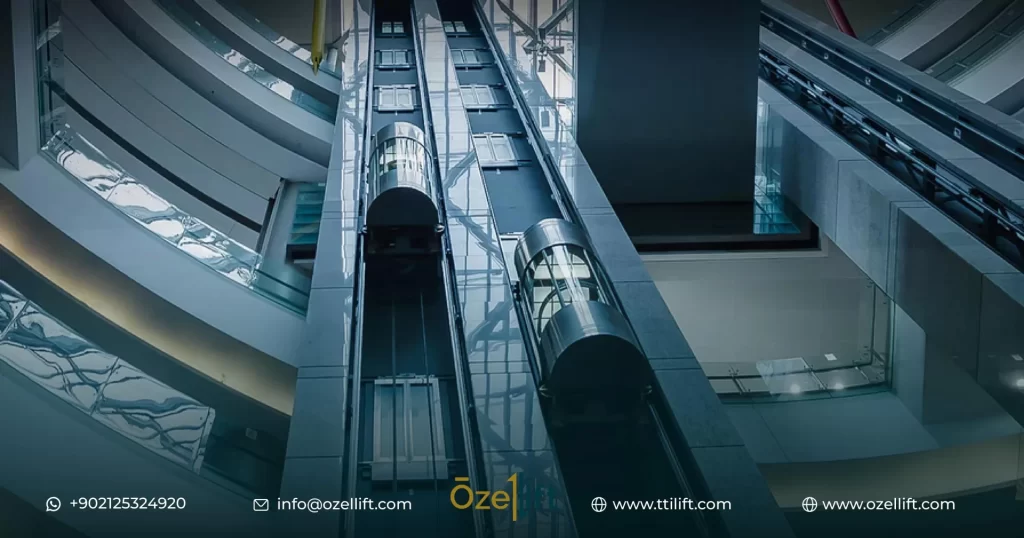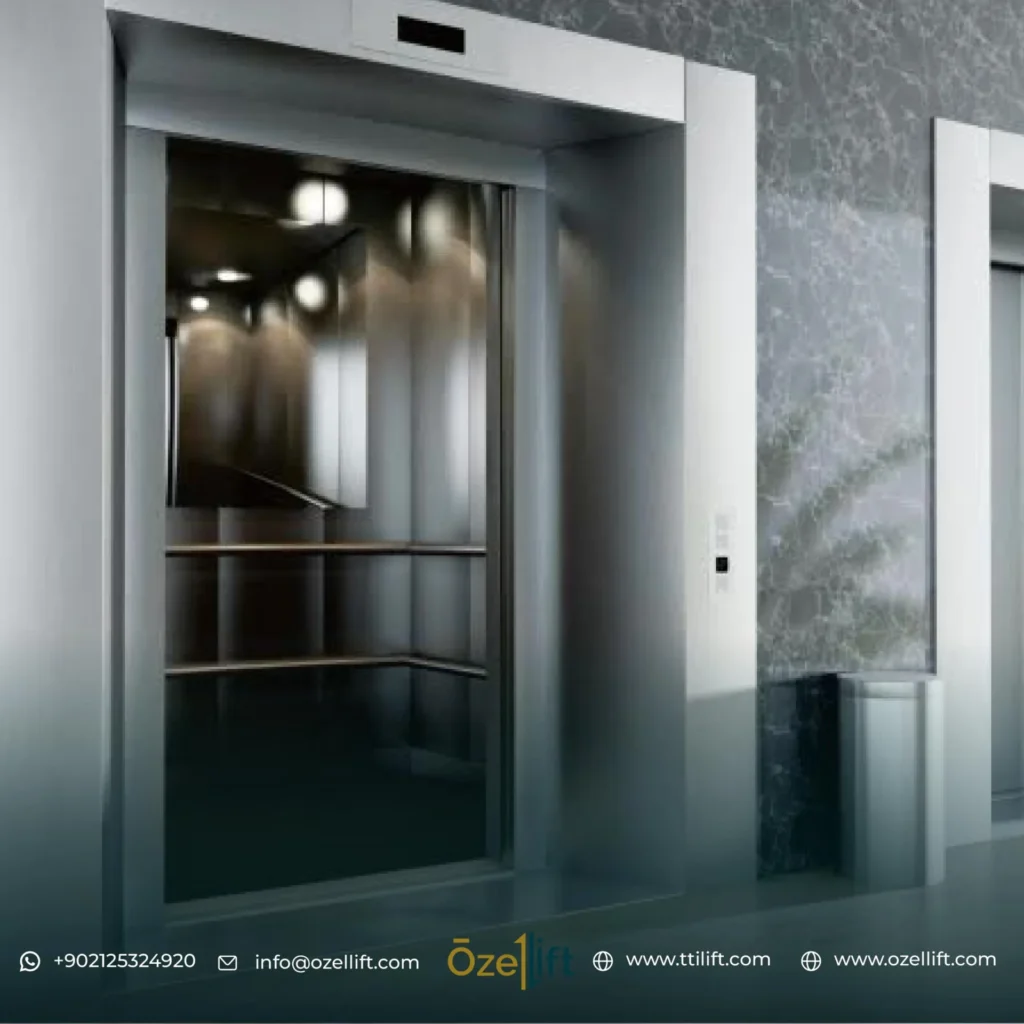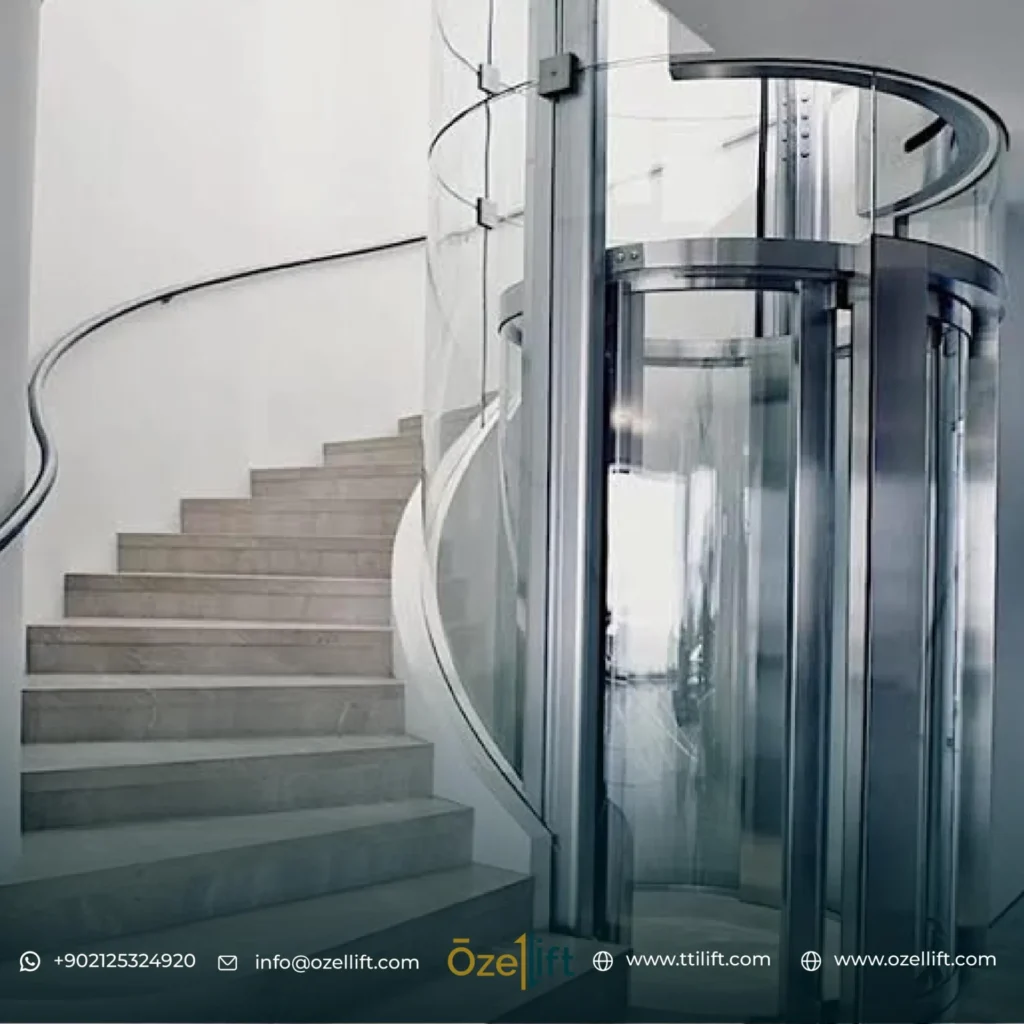Are you considering installing a traction elevator but not sure if it’s the right choice for your building? Look no further! In this article, we will cover the advantages and disadvantages of traction elevators, helping you make an informed decision.
Considering an elevator for your high-rise? Traction elevators offer speed and efficiency, but come with cost considerations. We explore the advantages and disadvantages of traction elevators to help you decide if they’re the perfect fit for your building.
Traction elevators are the most common type of elevators found in modern buildings. Unlike hydraulic elevators, which rely on a piston to move the car, traction elevators use cables and counterweights to transport passengers and goods between floors.
Advantages of Traction Elevators
Traction elevators, compared to hydraulic elevators, offer a number of advantages that make them the preferred choice for many buildings, especially high-rise structures. Here’s a breakdown of their key benefits:
Increased efficiency and speed
One of the main advantages of traction elevators is their increased efficiency and speed. With their cable-driven system, traction elevators can transport passengers and goods between floors at a faster rate compared to hydraulic elevators. This is especially beneficial in high-rise buildings where time is of the essence. The faster travel speeds of traction elevators reduce travel time between floors, making them a preferred choice for buildings with a high volume of foot traffic.
In addition to their speed, traction elevators also offer greater energy efficiency. They consume less energy during operation, resulting in lower energy costs over time. This makes traction elevators a more sustainable option for building owners and managers.
Smooth and comfortable ride
Another advantage of traction elevators is their smooth and comfortable ride. The cable-driven system provides a more refined and stable experience for passengers. Unlike hydraulic elevators that may have slight jerks or vibrations, traction elevators offer a seamless journey between floors, ensuring a pleasant experience for all passengers.
The smooth operation of traction elevators is particularly important in high-rise buildings where noise reduction is essential. The absence of hydraulic pumps and the use of quieter motor systems make traction elevators the optimal choice for buildings where noise control is a priority. The quiet operation of traction elevators enhances the overall ambiance of the building and contributes to a more pleasant environment for occupants and visitors.
Ability to handle heavy loads
Traction elevators are designed to handle heavy loads efficiently. The cable-driven system, coupled with counterweights, allows traction elevators to transport goods and materials safely and effectively. This makes them ideal for commercial buildings, shopping centers, and industrial facilities where the transportation of heavy items is a common requirement.
The ability of traction elevators to handle heavy loads also makes them suitable for residential buildings with a high number of occupants. Whether it’s moving furniture during a move or transporting groceries, traction elevators offer the necessary strength and capacity to accommodate various needs.
Know more about
Elevator doors
Freight elevators
Flexible design options
Traction elevators offer a wide range of design options, allowing building owners to customize the elevators to match the aesthetic and functional requirements of their building. From the materials used for the car interior to the lighting and control systems, traction elevators can be tailored to create a cohesive and visually appealing design.
The flexibility of design options also extends to the external appearance of the elevator. Building owners can choose from a variety of finishes, colors, and door configurations to complement the overall architectural style of the building. This customization capability ensures that the elevator seamlessly integrates into the building’s design, enhancing its visual appeal – contact us now to know more about Advantages of Traction Elevators
Disadvantages of Traction Elevators
While traction elevators offer a multitude of benefits, they also come with some drawbacks that need to be considered before installation. Here’s a closer look at the downsides of traction elevators:
Higher installation and maintenance costs
While traction elevators offer numerous advantages, it’s important to consider the associated costs. Compared to hydraulic elevators, traction elevators generally have higher installation and maintenance costs. The complexity of the cable-driven system and the need for a machine room to house the motor and other components contribute to the increased expenses.
The installation process of traction elevators requires skilled professionals and specialized equipment, adding to the overall cost. Additionally, the maintenance of traction elevators may require more frequent inspections and repairs due to the complexity of the system. Building owners should be prepared to allocate a sufficient budget for the initial installation and ongoing maintenance of traction elevators.
Dependency on electricity
Another disadvantage of traction elevators is their dependency on electricity. In the event of a power outage, traction elevators may become inoperable, causing inconvenience for occupants and potentially leading to safety concerns. Building owners should have backup power systems in place to ensure that the elevators can still function during power outages, especially in buildings where elevator access is critical, such as hospitals or high-rise residential buildings.
The reliance on electricity also means that traction elevators may incur higher energy costs compared to hydraulic elevators. Building owners should factor in the ongoing energy expenses when considering the long-term costs of traction elevators – contact us now to know more about disAdvantages of Traction Elevators
Conclusion of advantages and disadvantages of traction elevator
Now that you are aware of the advantages and disadvantages of traction elevators, you can make an informed decision for your building. The increased efficiency and speed, smooth and comfortable ride, ability to handle heavy loads, and flexible design options make traction elevators an appealing choice for many buildings. However, it’s important to consider the higher installation and maintenance costs, as well as the dependency on electricity.
Ultimately, the decision to install a traction elevator should be based on the specific needs and requirements of your building. Consulting with elevator experts and considering factors such as building usage, budget, and long-term plans will help you determine whether a traction elevator is the right fit for your building.
Know more about
Geared Traction Elevator vs Gearless Traction Elevator
Car Elevator Cost
Why choose Özellıft for Traction Elevators?
Choose Özellıft for your traction elevators! They deliver smooth, high-speed rides with energy-efficient technology. Özellıft offers MRL options for space saving, boasts a long lifespan for lower costs, and prioritizes quiet operation for a comfortable experience. Trust Özellıft for reliable traction elevators in your building – contact us now.
What are the pros and cons of traction elevators?
Pros: Smooth ride, energy-efficient.
Cons: Higher costs for installation and maintenance.
What are the advantages and disadvantages of elevators?
Advantages: Time-saving, improved accessibility.
Disadvantages: Maintenance expenses, potential breakdowns.
What are the advantages of geared traction elevators?
Efficient for mid-rise buildings, cost-effective.
What is the use of a traction elevator?
Vertical transportation in buildings, lifting heavy loads with a system of ropes and pulleys.



